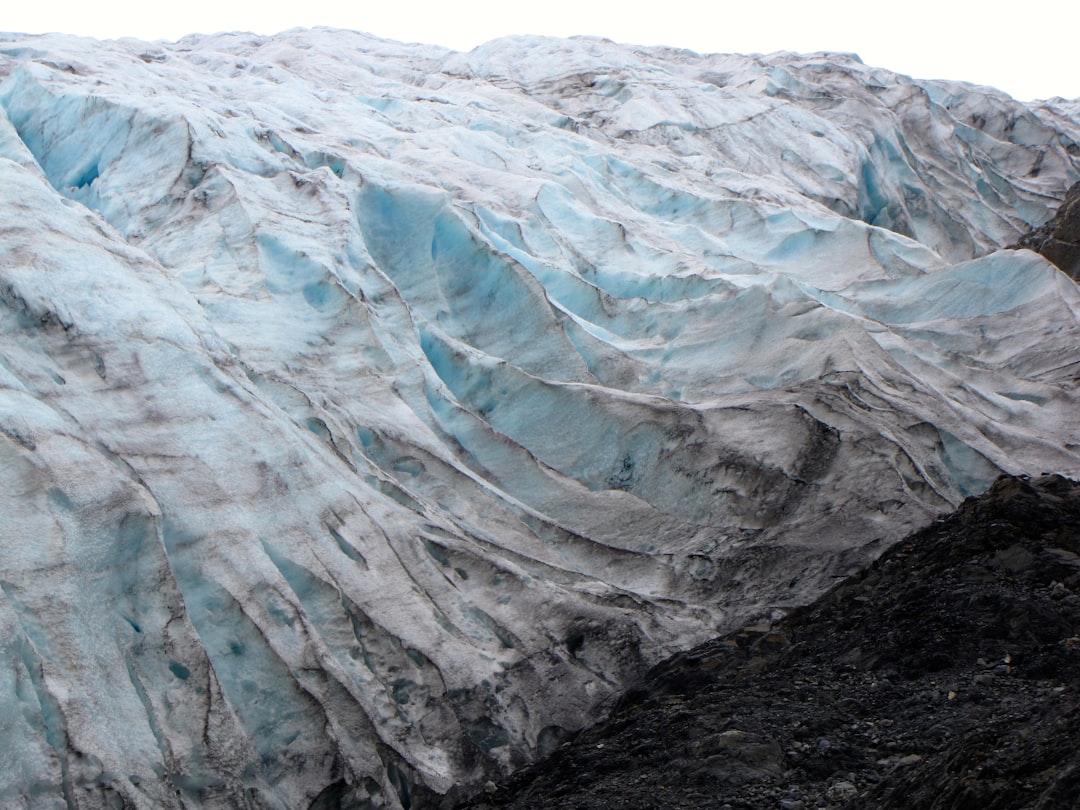What is it about?
Researchers have made a groundbreaking discovery concerning the long-distance migrations of four Amazonian goliath catfish species: Brachyplatystoma rousseauxii, B. platynemum, B. juruense, and B. vaillantii. By analyzing the presence of mature gonads in individuals and statistically examining downstream movements of their larvae and juveniles, the team mapped their inferred migration routes.
Featured Image

Photo by Deb Dowd on Unsplash
Why is it important?
The study revealed several significant findings: Firstly, the primary spawning regions for these goliath catfish species are located in the western Amazon. Secondly, at least three of the species—B. rousseauxii, B. platynemum, and B. juruense—spawn partially or primarily as far upstream as the Andes. Thirdly, B. rousseauxii's main spawning area is in or near the Andes. Lastly, the research unveiled that B. rousseauxii holds the record for the longest strictly freshwater fish migrations in the world.
Perspectives
These results provide a crucial empirical baseline for future tagging experiments and allow researchers to explore goliath catfish migratory routes, seasonal timing, and potential return to their birthplaces in the western headwater tributaries. This discovery opens up new possibilities for understanding the fascinating life histories of these majestic creatures and their significant role in the Amazon ecosystem.
Dr. Junior Chuctaya
Universidade Federal do Rio Grande do Sul
Read the Original
This page is a summary of: Goliath catfish spawning in the far western Amazon confirmed by the distribution of mature adults, drifting larvae and migrating juveniles, Scientific Reports, February 2017, Nature,
DOI: 10.1038/srep41784.
You can read the full text:
Resources
Contributors
The following have contributed to this page










